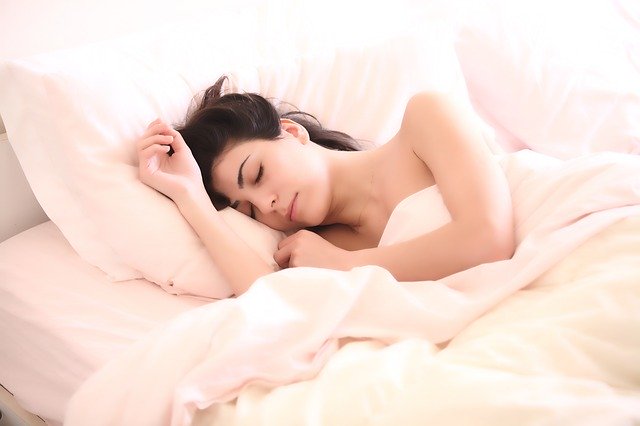Getting the recommended seven to nine hours of sleep each night does wonders for our health. A restful night of shut eye can improve memory, lift moods, ease stress and is good for the heart. On the other hand, there are several factors that can keep us from getting good sleep including stress, anxiety, using our phones in bed, not getting enough exercise during the day and even our sleep position. When you turn off the lights and get ready to snooze, are you on your back, side or stomach? With World Health Day upon us, it’s a good idea to take note because the following sleep positions can affect your health:
READ ALSO: Trouble sleeping this year? You’re not alone, Arizona researchers say
Stomach Sleeping: If you have trouble sleeping and happen to fall asleep on your stomach, this particular slumber pose may not be helping. You’re more likely to be restless and toss and turn to get comfortable when you sleep on your belly. It can cause neck and back strain as well. If this is how you sleep, you may want to use a very soft pillow or none at all to keep your neck comfortable.
Back Sleeping: This position is known for causing pain in the lower back and if that’s something you already suffer from, it can make it worse. If you snore or have sleep apnea, it can make those bigger problems, too. If you have one of these issues and can’t get comfortable another way, talk to your doctor about what might help.
Side Sleeping: There are many ways to sleep on your side, but the most comfortable is with your knees bent slightly toward your chest in the fetal position. Fun fact? This is the most common position for women. They’re twice as likely as men to sleep like this.
If You Snore: To keep the noise level down at night, side sleeping is best. If you like to sleep on your back, stacking up a few pillows may help. Loud snoring can be a sign that you may have sleep apnea, a condition that stops and restarts your breathing when you sleep. It can lead to stroke, high blood pressure and heart disease.
If You Have Back Pain: Side sleeping is a win for this condition, too. To take even more pressure off your hips and back, put a pillow between your legs. If you’re a back sleeper, you might put one under your knees to keep the natural curve of your back.
If You’re Pregnant: It’s usually more comfortable – and healthier for the baby – if you sleep on your side. If you have back pain, put a pillow under your belly to support the weight.
We rarely note our sleep positions because we’re not really thinking about it when we fall asleep or wake up but try and remember. Knowing your favorite sleep position and choosing a mattress that best supports it will definitely help you fall asleep. Also, if you have a partner who moves around or is up and down at night, choose a mattress that isolates motion, produces little to no noise and provides a sleep surface that improves sleep quality for both sleepers.
In addition to noting our sleep positions, there are several things you can do on a daily basis that will allow you to slowly flip your sleepless routine into a good night’s rest. Make sure to get bright light as early as possible. Once you hear the alarm clock go off, try and expose yourself to artificial or natural light within the first one or two hours after waking up. Also, stay off social media while lying in bed. We’ve all been guilty of this at some point but watching humorous videos or going down the TikTok rabbit hole isn’t going to help ease your mind. Instead of scrolling, get out of bed. Remove yourself from the bedroom, try reading a book on the couch and stay away from screens and bright lights.
For more advice on what you should and shouldn’t do to get a better night’s sleep, visit one of Amerisleep’s Phoenix mattress stores. Our on-site sleep experts can help you figure out the best habits (and products) for more restful sleep.
McKenzie Hyde is a Certified Sleep Science Coach with Amerisleep and a full-time writer focused on sleep health and the mattress industry. She currently writes articles on a variety of topics, ranging from sleep hygiene to the newest trends in the mattress and bedding industry.




